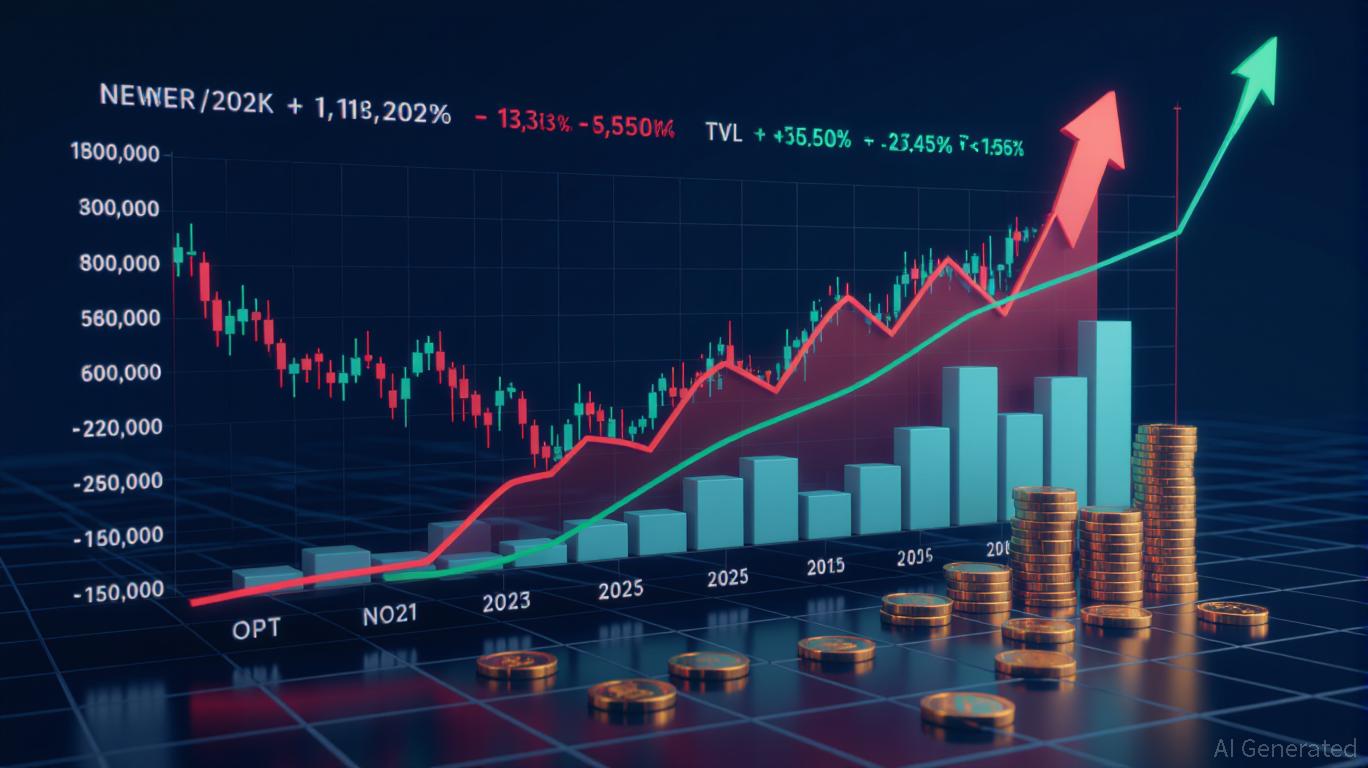Bitcoin Trader Loss of $1.3M Highlights Risks of Leveraged Trading
A well-known crypto trader who accurately predicted the October 10 market crash has closed all his Bitcoin long positions. Also undergoing a $1.3 million loss, according to Coin Bureau. Despite this setback, he continues to hold a large Ethereum position, keeping 40,000 SETH at 5x leverage, showing he still believes in the market’s potential.
🚨BREAKING: Trader who called the Oct10 market crash just closed all his #BTC longs with a $1.3M loss.
— Coin Bureau (@coinbureau) November 8, 2025
He still holds a long position on 40,000 $ETH at 5x leverage. pic.twitter.com/RXvM3vX1re
Bitcoin Loss Shows the Risks of Leverage
The trader’s Bitcoin loss highlights how risky leveraged trading can be, even for experienced investors. Leverage can increase gains, but it can also raise losses. In this case, his $1.3 million setback shows how quickly the market can move against a trader, even one who correctly predicted past price movements.
Crypto markets are known for sharp price swings. Strategies that work once may not always work again. This event is a reminder that timing and risk management are critical when trading digital assets.
Why He Still Holds Ethereum
Even after closing his Bitcoin positions, the trader is keeping a huge Ethereum stake. He holds 40,000 SETH at 5x leverage, signaling confidence in Ethereum’s long-term potential.
Ethereum has been attracting attention due to network upgrades and growing use in decentralized finance (DeFi) and other applications. Analysts suggest that the trader sees more upside in Ethereum than in Bitcoin right now. Holding Ethereum at high leverage is risky, but it shows he believes the rewards could outweigh the short-term volatility.
Lessons for Regular Investors
This situation is a clear lesson for everyday investors. Even traders with strong track records can face big losses. Leveraged trading increases risk and should be used carefully. Experts often suggest smaller positions and stop-loss orders to protect against sudden market swings.
The trader’s approach also highlights the importance of diversification. By investing in multiple cryptocurrencies, losses in one asset may be balanced by gains in another. Diversification remains a key strategy for managing risk in crypto markets.
What This Means for the Market
The crypto market has remained volatile since the October 10 crash. Bitcoin and Ethereum have both experienced sharp moves, leaving some investors cautious while others look for opportunities.
The trader’s continued Ethereum holdings reflect a trend among market participants, that many are looking beyond Bitcoin for growth. Analysts say that leveraged positions, while risky, often show strong confidence in a specific asset’s potential.
Key Takeaways for Traders
This story shows the ups and downs of trading in volatile crypto markets. Predicting price movements does not guarantee profits, especially with leverage involved. The $1.3 million Bitcoin loss alongside the ongoing Ethereum stake shows both the risks and strategies traders use to navigate these unpredictable markets.
Disclaimer: The content of this article solely reflects the author's opinion and does not represent the platform in any capacity. This article is not intended to serve as a reference for making investment decisions.
You may also like
The Surge in MMT Token Value: A Driving Force in DeFi or Just a Temporary FOMO Hype?
- MMT token surged 1330% due to high-profile exchange listings and liquidity incentives, sparking debates over sustainability. - Proponents highlight Momentum's DeFi roadmap and institutional infrastructure as blockchain innovation catalysts, while skeptics warn of speculative overreach. - Phase One delivered $12B trading volume and $265M TVL, but recent price volatility ($4.4 to $2.06) and $109M futures liquidations signal market fragility. - On-chain metrics remain opaque, with a 7.2 turnover ratio indic

Astar 2.0’s Tactical Rollout and Its Impact on the Market
- Astar Network launched Astar 2.0 on September 13, 2023, aiming to unify Ethereum and Substrate blockchains via Astar Link. - The platform emphasizes interoperability, revised tokenomics, and enterprise partnerships to challenge L2 leaders like Arbitrum and Optimism . - With 150,000 TPS and cross-chain integrations, Astar 2.0 targets scalable DeFi adoption but faces TVL declines and competition from ZK-rollups. - Enterprise collaborations with Sony and Toyota highlight real-world use cases, though market

Trust Wallet Token (TWT) Price Forecast: Assessing the Influence of DeFi Collaborations and Growing Institutional Attention
- Trust Wallet Token (TWT) expands utility via DeFi partnerships and institutional adoption, transitioning from governance to multifunctional asset. - Strategic collaborations with Ondo Finance (RWAs) and Binance's FlexGas feature enhance TWT's institutional appeal and transactional utility. - CZ's endorsement and Trust Premium loyalty program drive demand, while price projections suggest potential growth to $3-$15 by 2025-2030. - Risks include regulatory uncertainty, competition, and reliance on Trust Wal

ZK Atlas Enhancement: Driving Blockchain Expansion and Attracting Institutional Investments
- ZKsync's Atlas Upgrade (Oct 8, 2025) breaks scalability barriers with 15,000+ TPS, near-zero fees, and ZK proofs enhancing Ethereum's Layer 2 performance. - Innovations like Airbender proof system (40% lower overhead) and multi-VM compatibility enable seamless DeFi interoperability, attracting institutional capital seeking secure, scalable infrastructure. - Post-upgrade ZK token surged 50%, reflecting investor confidence, while partnerships like Grvt's $19M funding signal active institutional adoption of

